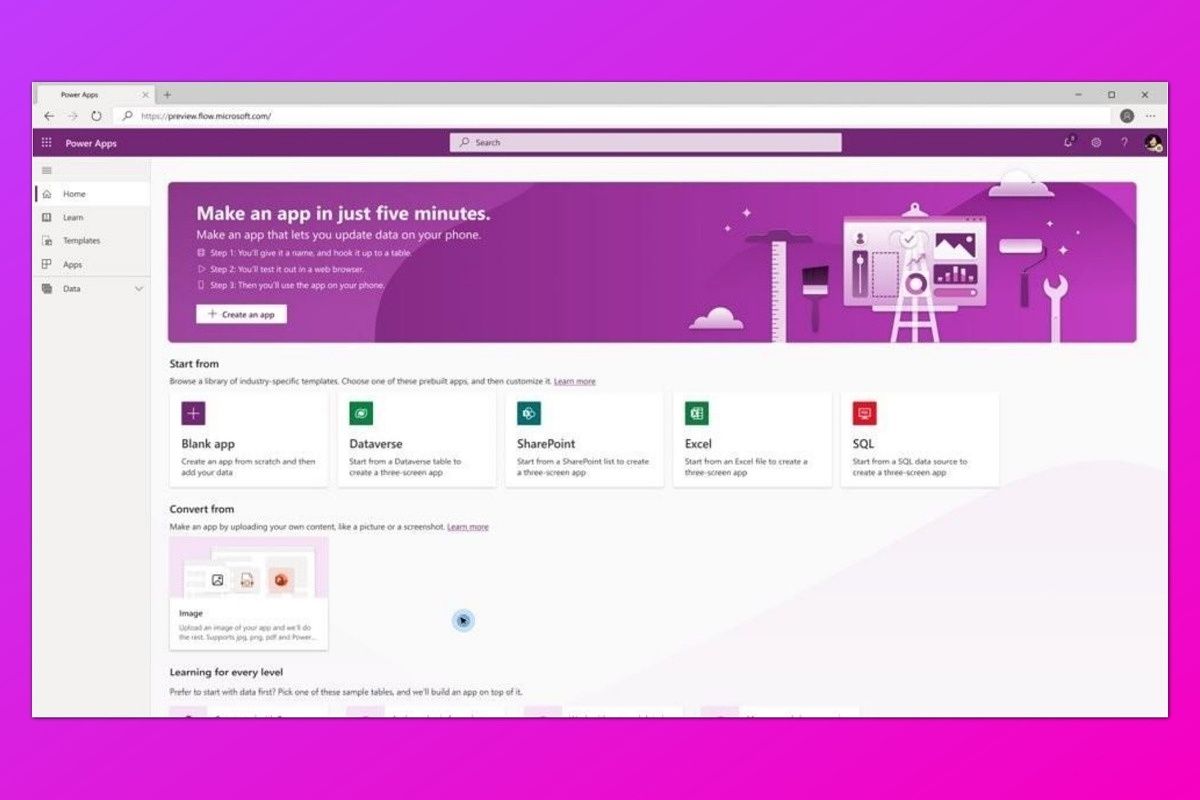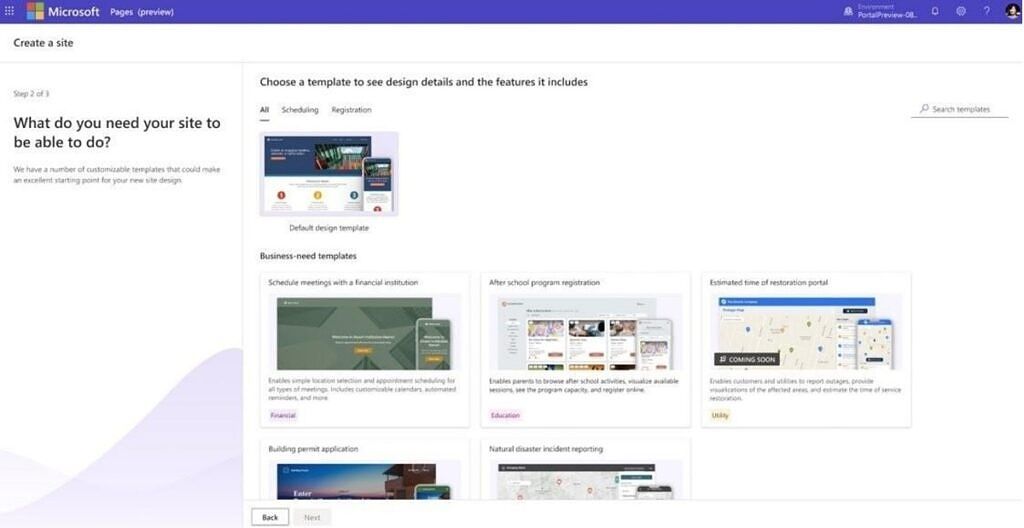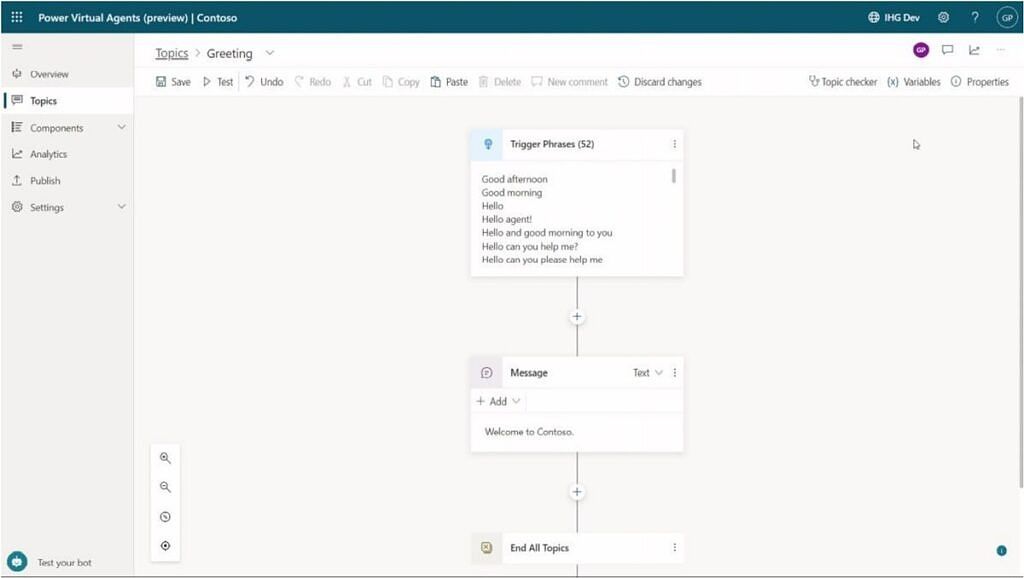It's that time of the year again when Microsoft holds its Build developer event, and with it comes a ton of news for all kinds of Microsoft products. That includes the Power Platform, Microsoft's low-code development platform meant to make it easier for business to create apps without requiring advanced programming skills. This year, Microsoft is introducing Power Pages, a low-code website builder, as well as Power Apps Express Design.
Power Pages is a brand-new addition to the Power Platform family, and it makes it easier for businesses to create modern and secure websites using the low-code platform. Users can start designing a website from the ground up, adding text, video, images, forms, and so on, or you can use one of the templates Microsoft offers to get started. While it's meant to be friendly for low-code users, it also integrates with Visual Studio Code, Azure DevOps, and GitHub so you can use these code-first tools for more advanced capabilities.
Another big piece of news is the Power Apps Express Design feature. With this, it's now possible to feed any design input - such as a PDF file, designs from Figma, or even a hand-drawn design - into Power Apps and see it come to life as a proper app with working controls and data storage. You can add more screens to the app by adding more images. This should make it easier than ever to go from the design stage to having a working app.
Microsoft also announced Power Virtual Agents 2.0, the next iteration of its simplified bot creation tool that's part of the Power Platform. This new iteration brings together the simple low-code capabilities of Power Virtual Agents and the advanced capabilities of the Azure Bot Framework Composer (for pro-code users), creating a unified experience for all kinds of developers. The design canvas for Power Virtual Agents now includes all-new capabilities, including the ability to switch between graphical and code views, plus support for multi-media responses so bots can send images, videos, adaptive cards, and more. You can sign up for a preview of these capabilities now.
Another new capability is Datamart in Power BI, which makes it easier to build datasets with data from different sources. Datamart uses Power Query to take in information from these different sources and automatically generates a dataset that can be used to build reports.
Microsoft also announced hosted RPA (robotic process automation) bots, enabling process automation in the cloud. Hosted (or unattended) RPA bots can be created using a set of basic parameters, and they're hosted in virtual machines powered by Azure, scaling as needed for different RPA scenarios. This service also doesn't require an Azure subscription.
Finally, Microsoft is making it easier for ISVs to build Power Automate capabilities in their own apps with an updated Power Automate Embed SDK. Plus, Microsoft is introducing a pay-as-you-go model for Power Automate, which enables ISVs to pay for Power Automate on behalf of their customers, as they would with an Azure service. The Technical Embed SDK is available to test today, but more information about the pay-as-you-go plan is coming in July at Microsoft Inspire.



